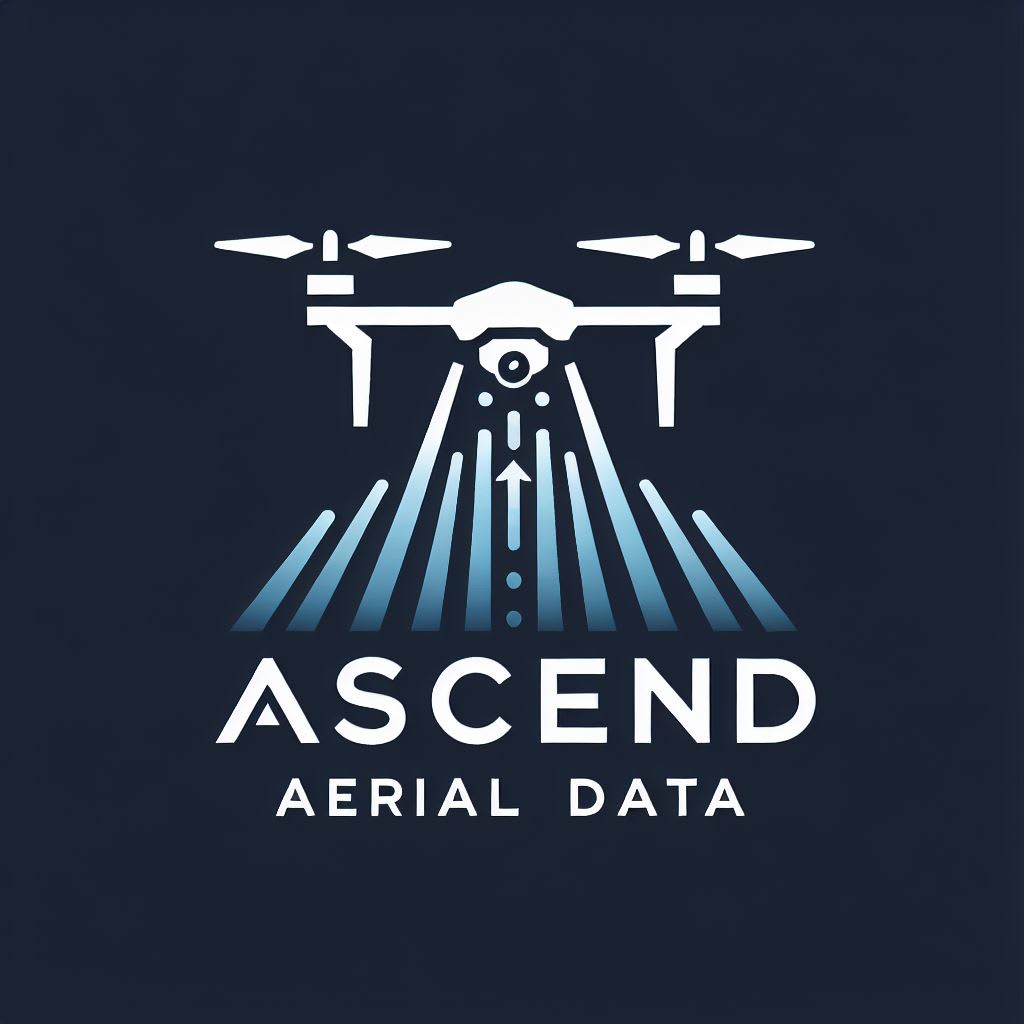
Airmanship Vs. Automation an interview with Jim Bonnardel

**Interview with Jim Bonnardel, Ascend Aerial:
“Why Airmanship—Not Automation—Will Define the Future of Drone Operations”**
Interviewer: Jim, you’ve spent years in manned and unmanned aviation, from combat flying instruction to UAS test piloting. Recently, you’ve been sounding the alarm about something you say the commercial drone world is overlooking. What’s the concern?
Jim Bonnardel: Even with all our advanced drone technology, AI tools, and the abundance of new commercial drone pilots, we’re missing something fundamental: airmanship. I’m talking about real airmanship—the disciplined mindset that has guided aviators for a century. Not daredevil stuff, but the kind of judgment Apollo astronaut Frank Borman meant when he said, “A superior pilot always relies on his superior judgment to avoid situations that might require the use of his superior skills.”
Interviewer: Some might say the drone industry is already heavily regulated. Isn’t compliance enough?
Jim: Compliance and technical ability are important—but they don’t equal good airmanship. That’s the blind spot. The drone sector trains pilots to follow rules and operate machines, but not to think like aviators. And without that structured, cognitive discipline, we leave the industry exposed to unnecessary safety events and human-factor failures.
Interviewer: Where is the disconnect happening?
Jim: It starts with misunderstanding the tools. Take checklists. In manned aviation, a checklist is a cognitive aid—something you actively engage with. In drones, it’s too often treated as a bureaucratic hurdle. Pilots read it, but don’t really think about it. And then there’s this growing belief that having a Part 107 certificate means you’re a prepared pilot. Licensing doesn’t evaluate judgment, stress response, or decision-making. So we have certified pilots who know the rules but still make flawed choices under pressure.
Interviewer: You’re suggesting the culture around drone training is drifting away from aviation norms?
Jim: Exactly. Traditional aviation is built on briefing, debriefing, discipline, and humility. Drone operations, in contrast, are often spontaneous and solitary. There’s no cockpit, no physical risk, and fewer psychological cues that encourage discipline. Automation makes flying easy, and that ease can disguise declining judgment.
Interviewer: Can you give us examples?
Jim: Sure—three common ones.
Case 1: A pilot crashed because he didn’t format his SD card before flight. It wasn’t on his generic checklist, so he blamed the checklist instead of adapting and taking ownership.
Case 2: A pilot under stress rushed through pre-flight, ignored a battery warning, and the drone auto-landed in a dangerous location. Stress created tunnel vision.
Case 3: A BVLOS operator flew into bad weather because the SOP didn’t explicitly tell him to abort. He wasn’t Fit-to-Fly, had little experience with the new sensor, and leaned on the checklist instead of judgment.
In all three cases, procedures were technically followed—but airmanship was absent.
Interviewer: So what’s the fix? More training? More rules?
Jim: Not more rules. Better training. We need to bring airmanship back as a human discipline—not just a procedural one. That means shifting from “here’s how to fly your drone” to “here’s how to think, decide, and stay disciplined as an aviator.”
There are five core areas that make a huge difference:
- Customized Checklists: Not just pre-flight, but mission-specific. Pilots should build these themselves to truly understand them.
- Stress Inoculation: Teach pilots how stress affects their perception and decision-making—and how to stay clearheaded.
- Judgment Drills: Practiced Initial Actions, simulated emergencies, ambiguous scenarios.
- Brief/Debrief Culture: Structured reflection after every flight, including the successful ones.
- Fit-to-Fly Standards: A meaningful, quick self-assessment beyond IAMSAFE. The pilot must be as ready as the aircraft.
Interviewer: You’ve talked about something called AQ training. What is that?
Jim: AQ stands for Adversity Quotient. It measures how you respond under stress—your Control, Ownership, Reach, and Endurance. When pilots understand their personal stress patterns, they make better decisions. It builds resilience and self-awareness—the foundation of real airmanship.
Interviewer: How does all this tie back to safety?
Jim: The checklist isn’t the problem. It’s a symptom. The real issue is how we teach drone pilots to think. When a license becomes just a box to check, and the checklist becomes a script to read, we lose the discipline that aviation depends on. Automation may reduce some risks, but it increases others, especially complacency and overconfidence.
If we want an industry full of true professionals—pilots who can adapt, assess risk, and maintain accountability—we have to train the human as seriously as we train the hardware.
Interviewer: What do you want drone organizations, agencies, and pilots to start asking?
Jim: Stop asking, “Are you licensed?”
Start asking, “Are you disciplined? Are you resilient? Are you Fit-to-Fly?”
Airmanship has always been the foundation of aviation. It’s time the drone industry brings it back to the center of operations.
Interviewer: Final thoughts?
Jim: The technology will keep evolving. But the margin for human error is shrinking. The future of unmanned aviation doesn’t depend on better drones—it depends on better humans.
Take Your Project to New Heights
Whether you’re looking for aerial photography, construction monitoring, or precision agriculture services, our team of FAA-certified pilots is here to help.
